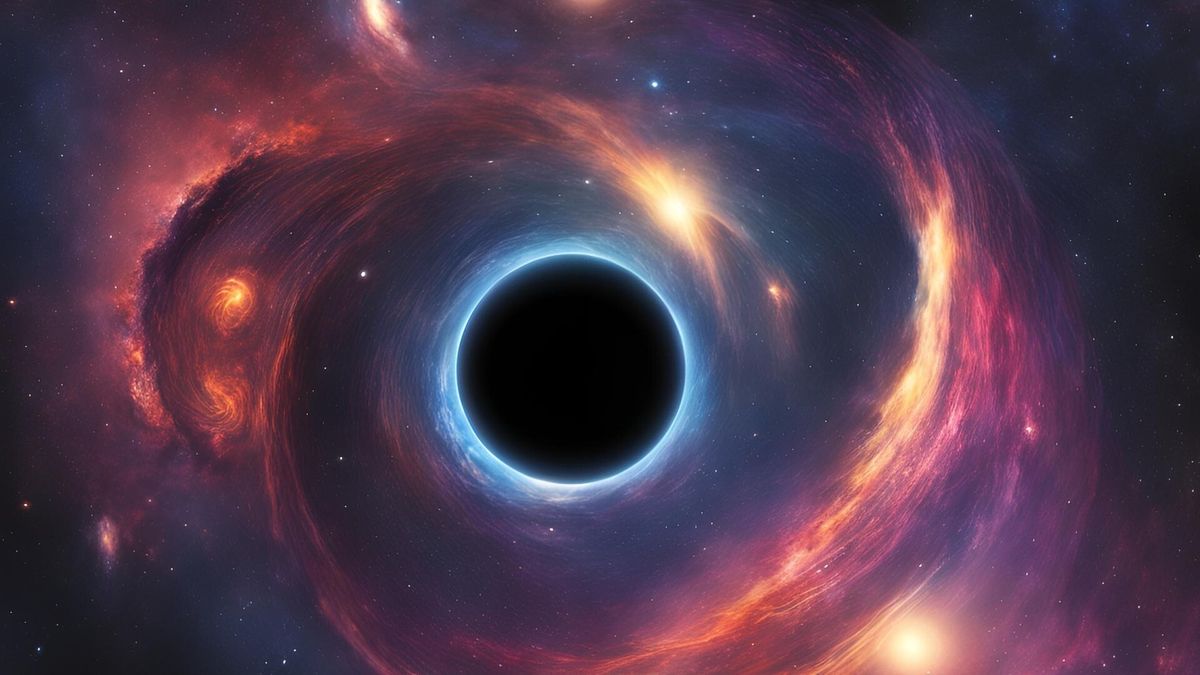New Research Illuminates the Galactic Cycle: From Birth to Extinction
Supermassive Black Holes Might Be Catalysts for Galactic Extinction, New Study Finds
Recent research has unveiled a potentially groundbreaking link between supermassive black holes and the lifecycle of galaxies, shedding light on the complex process of galactic birth and death. According to a study published in Nature, supermassive black holes may play a pivotal role in both catalyzing and curbing star formation, thereby influencing the transition of galaxies from vibrant, star-forming entities to quiescent, aging systems.
The Role of Supermassive Black Holes
Supermassive black holes, which reside at the centers of large galaxies, have long been known for their immense gravitational pull. New evidence suggests these cosmic giants might also significantly affect their host galaxies’ star formation processes. The research highlights that the mass of a supermassive black hole correlates with the availability of cold gas in its galaxy—a critical ingredient for star formation. As these black holes grow in mass, they may contribute to the depletion of this essential cold gas, leading to a decline in new star formation and pushing the galaxy towards a more passive state.
Impact on Galactic Evolution
The study, led by Tao Wang and his team from Nanjing University, reveals that galaxies hosting more massive black holes generally have lower quantities of cold gas. This gas, primarily composed of cold atomic hydrogen, is necessary for forming new stars. The findings suggest that as black holes become more massive, they might either expel this gas from the galaxy or hinder its inflow from intergalactic space. This gas depletion could explain why some galaxies transition from active star-forming regions to quieter, less active states over time.

Observational Evidence
Observations support this theory, showing that galaxies with supermassive black holes often exhibit reduced star-forming activity and diminished gas reservoirs. The research team’s analysis aligns with this pattern, indicating that galaxies characterized by high black hole mass and low gas content tend to have significantly slower or halted star formation. This connection provides valuable insights into the mechanisms driving the transformation of galaxies from dynamic, star-producing systems to more passive, aging structures.
Theoretical Implications
These findings offer a new perspective on the galactic lifecycle, suggesting that supermassive black holes may have a dual role: they are not only central to the formation of galaxies but also crucial in determining their evolutionary paths. By influencing the availability of cold gas, these black holes may contribute to a galaxy’s eventual transition into a passive state, where star formation effectively ceases. This theory could reshape our understanding of how galaxies evolve and die over cosmic time scales.
Future Research Directions
The study opens up several avenues for future research, particularly in exploring how supermassive black holes interact with their host galaxies and the broader intergalactic environment. Further investigations are needed to fully understand the mechanisms by which these black holes affect gas dynamics and star formation. Additionally, studying different types of galaxies and black holes could provide a more comprehensive picture of the role these cosmic giants play in galactic evolution.
In summary, this research highlights the profound impact supermassive black holes may have on the lifecycle of galaxies, from their formation to their eventual decline. As scientists continue to unravel these cosmic mysteries, our understanding of the universe’s grand architecture will undoubtedly deepen.


















